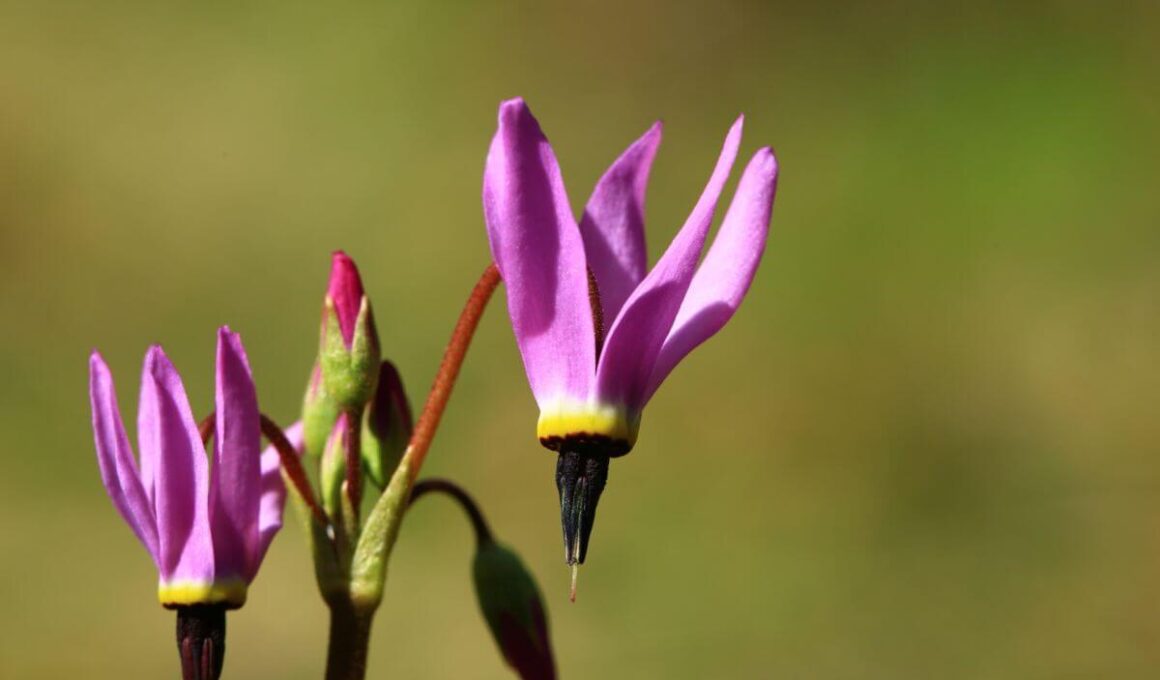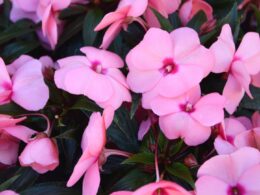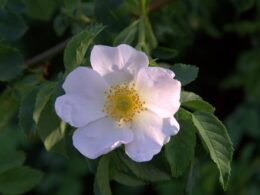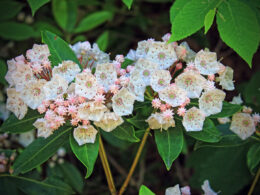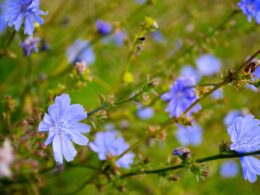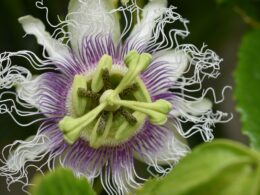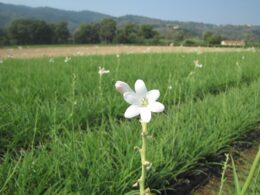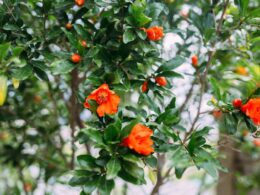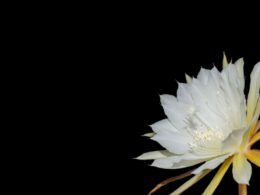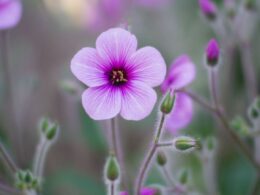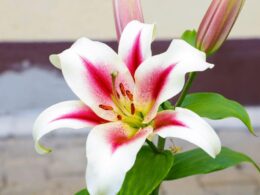What Is a Shooting Star Flower? Scientific and Common Names
The common name “shooting star flower” refers to the species Primula meadia, also known as Dodecatheon meadia. It belongs to the primrose family Primulaceae, and it’s native to the eastern United States and Canada. Its natural habitats vary from forest to prairie, but it’s most commonly found in soils rich in calcium carbonate.
Shooting star plants are also called:
- American cowslip;
- mosquito bills;
- mad violets;
- sailor caps.
The flowers are nodding and form umbels. They come in a variety of colors including white, pink, and purple. The leaves are lance-shaped and grow in a rosette at the base – most of the stalk is leafless. The plant gets its name from the way the flowers seem to shoot up from the ground.
Dodecatheon Meadia Cultivars – Choose Your Shooting Star
If you’d like to add a specific color to your wildflower garden, take a look at different shooting star varieties. There are many cultivars of Dodecatheon meadia that all look slightly different. Here are some of the most popular shooting star cultivars:
- ‘Alba’ – pure white flowers;
- ‘Aphrodite’ – a larger plant with dark pink petals with yellow tips;
- ‘Goliath’ – larger pink flowers on taller scapes;
- ‘Queen Victoria’ – large pink flowers with a white-and-yellow band.
If you’re not sure what to choose, ask your local nursery for help picking out the perfect shooting star cultivar for your needs. It’s also quicker to obtain whatever plant is in store, rather than ordering one online.
Other Shooting Star Plant Species
Other Dodecatheon species you may want to consider are:
- Dodecatheon pulchellum (or pauciflorum) – commonly known as the pretty shooting star, few-flowered shooting star, dark throat shooting star or prairie shooting star;
- Dodecatheon hendersonii – commonly called broad-leaved shooting star, Henderson’s shooting star, mosquito bills or sailor caps;
- Dodecatheon alpinum (or tetrandrum) – known as alpine shooting star.
Each of these shooting star species has different flower colors, sizes and growth habits, so make sure to do your research before adding one to your garden! They all come in shades of pink, though, so if you’re looking for a shooting star that’s not white or purple, these are good species to consider.
Shooting Star Care – Watering, Fertilizing and More
Now that you know a little more about shooting star flowers, let’s take a look at how to grow and care for them. They’re easy-to-grow wildflowers that will add beauty to any garden!
Watering and Fertilizing
Shooting stars prefer moist, well-drained soils. They should be watered regularly during dry periods. Skip it if you live in an area with heavy rainfalls and are growing shooting star outdoors. A thick layer of mulch will help to retain moisture in the soil and keep roots cool.
You don’t need to fertilize your shooting star flowers, as they’ll thrive in native soil. In fact, too much fertilizer can actually harm the plant. If you want to give them a little boost, add some compost to the soil in early spring.
How to Plant Shooting Stars
The best time to plant shooting stars is in the fall or spring. Growing them from seed is quite difficult. To increase your chances of success, sow it fresh in summer or stratify it over the winter before sowing in spring. It will take 3-4 years before your shooting star blooms.
If you’re buying a shooting star plant from a nursery, look for one that’s already in bloom. This way, you’ll know what color flowers to expect. You can then replant it in your garden in early spring or fall. When planting shooting star, make sure the crown (where the leaves meet the roots) is level with the soil surface. Water it well to help settle the roots into place.
Propagating Shooting Star Flowers
The easiest way to propagate shooting star flowers is by division. The best time to do this is in the fall, when the plant is dormant. To divide shooting star plants, dig up the entire plant and carefully pull it apart into smaller pieces, making sure each one has a good root system. You can then replant them in your garden.
When to Cut Back Shooting Stars
If you want your perennial plant to bloom again next year, it’s important to cut it back after flowering. This will encourage new growth. It’s also a good idea to divide shooting star plants every few years to keep them healthy.
And that’s it! With a little care, your shooting star flowers will thrive and add beauty to your garden for years to come.





